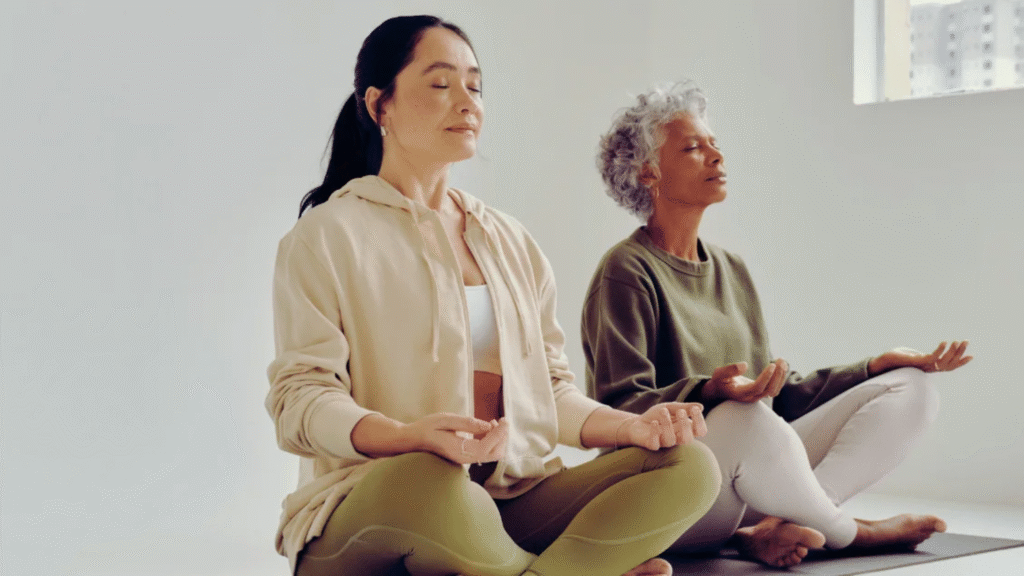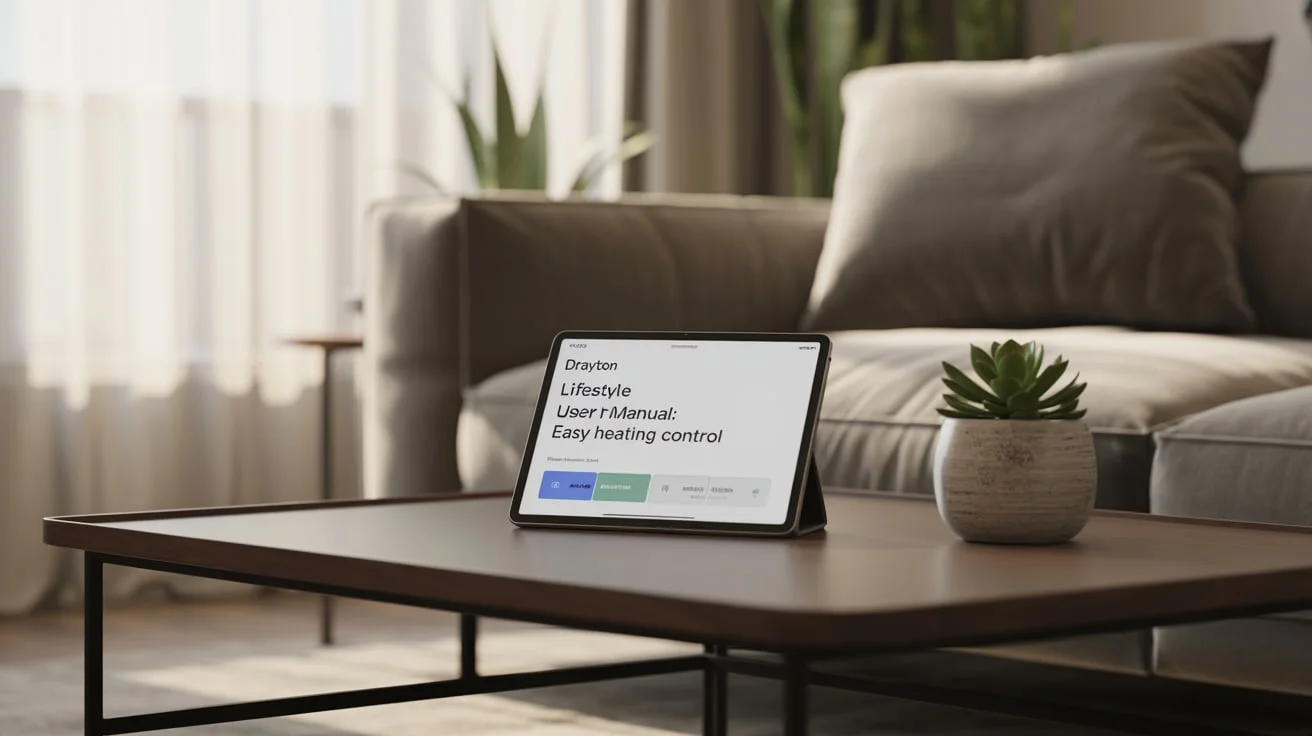In today’s fast-paced world, practicing mindfulness practices for daily life is more important than ever. It helps slow things down by changing how we respond to the chaos.
Practicing mindfulness doesn’t require long hours or complete silence. It’s about becoming aware of your moment-to-moment experience, right where you are.
This guide explores practical mindfulness practices for daily life that you can start using immediately. Whether you’re busy, distracted, or overwhelmed, these simple habits will help you feel more grounded, focused, and calm.
Why Mindfulness Should Be Part of Your Daily Routine

Mindfulness means giving your full attention to the present moment without judgment or criticism. It helps shift your mind away from constant distractions and anxiety about the past or future.
Integrating mindfulness into your daily routine can enhance your focus, alleviate stress, and promote your overall mental well-being.
Mindfulness Practices for Daily Life: Benefits Backed by Research
Research indicates that regular mindfulness practice can help reduce anxiety, improve sleep quality, enhance emotional awareness, and improve memory.
It’s Easier Than You Think
You don’t need a yoga mat or a perfect setting. Mindfulness can happen while you’re brushing your teeth, walking, or eating lunch.
Start Your Morning with Mindful Awareness
The way you begin your day shapes how you handle everything that follows. A mindful morning helps you feel grounded and clear, even before your first cup of coffee.
Practice Gratitude First Thing
As soon as you wake up, think of three things you’re grateful for. This instantly brings positivity into your day and shifts your focus away from stress.
Mindfulness Practices for Daily Life: Use a One-Minute Breath Check-In
Sit still for just one minute. Inhale slowly and exhale fully, focusing on your breathing. Even this short pause can calm your nervous system and sharpen your focus.
Mindful Eating: Slow Down and Savour
Eating mindfully brings awareness to what you consume. It helps you enjoy food more, digest better, and avoid emotional or unconscious eating.
Pay Attention to Each Bite
Chew slowly and notice the flavour, texture, and aroma of your food. Avoid distractions like phones or screens while you eat.
Honour Hunger and Fullness
Check in with your body before and after eating. Ask yourself if you’re truly hungry or simply eating out of habit, emotion, or boredom.
Use Movement as a Mindfulness Tool
Movement doesn’t need to be fast or intense to be meaningful. Moving mindfully helps you connect with your body and find mental clarity.
Mindfulness Practices for Daily Life: Try a Short Walking Meditation
Walk slowly and pay attention to how your feet feel as they touch the ground. Focus on your breath and the sounds around you. It brings calm without needing to sit still.
Stretch with Presence
Take a moment during your day to stretch intentionally. Feel each movement and observe how your muscles respond. It’s a simple reset for your body and mind.
Stay Present During Work and Tasks
Mindfulness is not about avoiding tasks but doing them with full awareness. Being present at work can improve your concentration and reduce mental fatigue.
Focus on One Thing at a Time
When you multitask, your attention is divided between tasks. Choose one task, commit to it, and notice when your mind wanders. Gently bring your focus back each time.
Mindfulness Practices for Daily Life: Use Small Pauses
Before starting a call, answering emails, or heading into a meeting, take a few seconds to pause. Breathe deeply, gather your thoughts, and proceed with intention.
Practice Mindful Communication with Others
Mindfulness helps us connect better with those around us. It turns conversations into deeper interactions by allowing us to listen more fully and respond more thoughtfully.
Listen to Understand
Give your full attention when someone speaks. Don’t interrupt or plan your response while they’re talking. Just listen, then respond with care.
Mindfulness Practices for Daily Life: Observe Your Emotional Triggers
If a conversation becomes tense, pause to notice what you’re feeling. This helps you respond with awareness instead of reacting emotionally.
End Your Day with Peaceful Reflection
Mindfulness at night helps you slow down and release the stress of the day. A calming evening routine prepares your mind for restful sleep.
Write Down What Went Well
Keep a journal by your bed and write down three positive things from your day. It shifts your focus from what’s missing to what you’ve gained.
Mindfulness Practices for Daily Life: Try a Simple Body Scan
Lie down or sit quietly and slowly scan your body from head to toe. Notice sensations, areas of tension, or calm. It helps release stress and brings your attention inward.
Make Mindfulness a Sustainable Habit
Like any skill, mindfulness gets easier with practice. You don’t need to do everything at once. Start small and be consistent.
Choose One Practice to Begin
Pick the one that feels most natural, whether it’s mindful breathing, walking, or gratitude, and commit to doing it daily for a week.
Mindfulness Practices for Daily Life: Use Tech to Support You
Apps like Calm, Headspace, or Insight Timer can guide you with meditations, reminders, and helpful audio content to keep your practice on track.
Final Thoughts
Mindfulness is not about doing more. It’s about being more aware of what you’re already doing. When you slow down and pay attention, you find greater clarity, calmness, and connection in your daily life.
By incorporating mindfulness into your everyday routines, you can enhance your mood, alleviate stress, and cultivate a greater sense of presence in every moment. Start small, stay consistent, and let each mindful breath bring you closer to peace.
Mindfulness Practices for Daily Life (FAQS)
1. What is mindfulness in daily life?
Mindfulness means being fully present in whatever you’re doing. It helps reduce stress and increase clarity.
2. How can I practice mindfulness without meditating?
You can practice while walking, eating, or even cleaning. The key is to focus completely on the moment.
3. Is five minutes of mindfulness enough?
Yes, even brief moments can have a significant impact. A few minutes each day adds up over time.
4. Can mindfulness help with anxiety?
Absolutely. Regular mindfulness helps calm your thoughts and reduces overthinking.
5. What’s the best way to start a mindfulness routine?
Start with one small habit, such as practising morning gratitude or taking a brief breathing check-in. Build slowly and keep it consistent.




